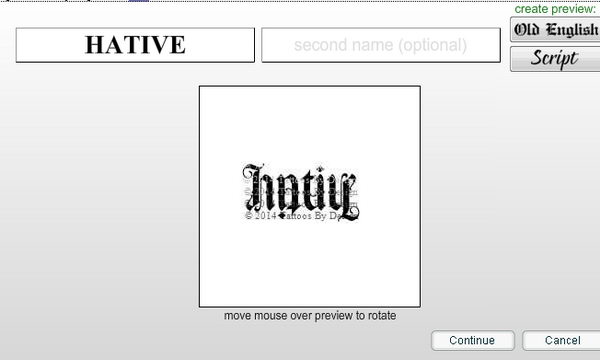
History Sator square ( word square and palindrome) with the letters S and N reversed. Scrabble included the word in its database in November 2022. Īmbigram was added to the Oxford English Dictionary in March 2011, and to the Merriam-Webster dictionary in September 2020. Among them, the expressions "vertical palindromes" by Dmitri Borgmann (1965) and Georges Perec, "designatures" (1979), "inversions" (1980) by Scott Kim, or simply "upside-down words" by John Langdon and Robert Petrick. Prior to Hofstadter's terminology, other names were used to refer to ambigrams. Hofstadter attributed the origin of the word ambigram to conversations among a small group of friends during 1983–1984. Sometimes the readings will say identical things, sometimes they will say different things. One can voluntarily jump back and forth between the rival readings usually by shifting one's physical point of view (moving the design in some way) but sometimes by simply altering one's perceptual bias towards a design (clicking an internal mental switch, so to speak).

Īn ambigram is a visual pun of a special kind: a calligraphic design having two or more (clear) interpretations as written words. Hofstadter describes ambigrams as "calligraphic designs that manage to squeeze in two different readings." "The essence is imbuing a single written form with ambiguity". The word ambigram was coined in 1983 by Douglas Hofstadter, an American scholar of cognitive science best known as the Pulitzer Prize-winning author of the book Gödel, Escher, Bach.

There are methods to design an ambigram, a field in which some artists have become specialists. Numerous ambigram logos are famous, and ambigram tattoos have become increasingly popular. Drawing symmetrical words constitutes also a recreational activity for amateurs. It is a recent interdisciplinary concept, combining art, literature, mathematics, cognition, and optical illusions. Īmbigrams can be constructed in various languages and alphabets, and the notion often extends to numbers and other symbols. "Half-turn" ambigrams undergo a point reflection (180-degree rotational symmetry) and can be read upside down, while mirror ambigrams have axial symmetry and can be read through a reflective surface like a mirror.

When flipped, they remain unchanged, or they mutate to reveal another meaning. Most often, ambigrams appear as visually symmetrical words. The term was coined by Douglas Hofstadter in 1983–1984. Alternative meanings are often yielded when the design is transformed or the observer moves, but they can also result from a shift in mental perspective.

Symmetrical calligraphic or typographic design that has multiple interpretations Animation of a half-turn ambigram of the word ambigram, with 180-degree rotational symmetry Īn ambigram is a calligraphic or typographic design with multiple interpretations as written words.


 0 kommentar(er)
0 kommentar(er)
